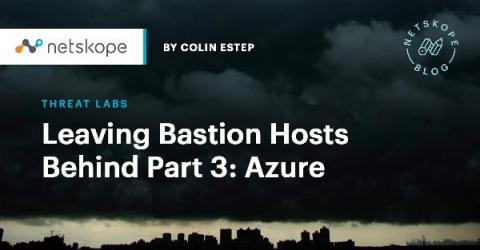How to Scan GitHub Repositories for Committed Secrets and other Code Snippets
In 2019, GitHub estimates that over 44 million repositories were created, and over 10 million new developers joined the platform. This comes as no surprise, as GitHub is the world’s largest host of source code. With that designation comes a substantial volume of committed code.










